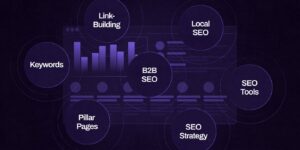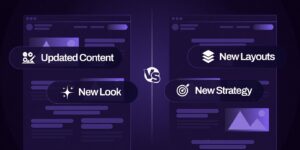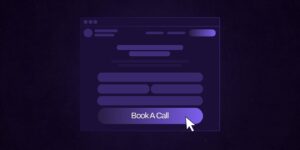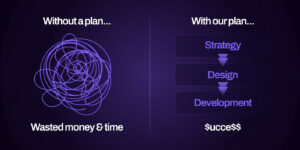All Resources
Huemor Blog
Want to learn more about website strategy? You're in the right place. Our multi-media collection of resources can level up the strategic thinking of most experienced marketer.
All
Design
Development
Marketing
SEO
Strategy
-

A Comprehensive B2B SEO Strategy Guide
Blog -

Top Trending Tech Websites: 10 That Got It Right (And What You Can Learn From Them)
Blog -

The Best Construction Portfolio Website Designs: What Works and Why
Blog -

Understanding Web Design vs. Web Development
Blog -

How Much Does a Website Redesign Cost?
Blog -

Understanding The Average Website Lifespan & When To Redesign
BlogFeatured -

In-House vs. Agency for Your Website Redesign
Blog -

Website Design Process & Website Redesign Timeline
Blog -

12 of the Best Free Digital Marketing Courses at a University Level
Blog -

The Apple Website Evolution: 1995-Today
Blog -

A Guide to Redesigning a Website without Losing SEO Value
Blog -

Website Refresh Vs Redesign: What Is the Difference?
Blog -

How to Choose a Web Design Agency in 3 Steps
Blog -

Contact Us Page Best Practices & 7 Real-World Example Pages
Blog -

The Ultimate Website Redesign Project Plan
BlogFeatured -

The Best Web Design Companies by Platform
Blog -

Careers Page Design: How to Attract Top Talent
Blog -

Building The Perfect Homepage: Tips and Best Practices
Blog